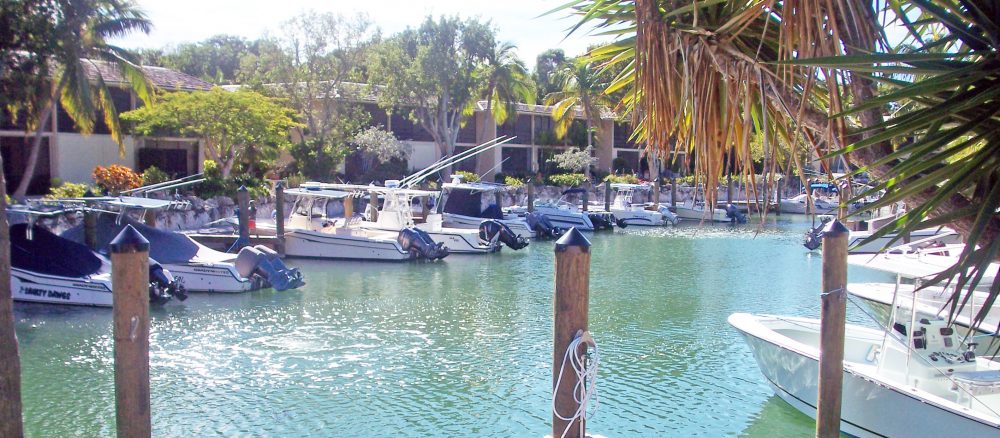Aeration for Marinas and Canals
Marina and canal systems are particularly vulnerable to oxygenation problems. Reduced flow, increased depth, and isolation from the main waterbody cause low oxygen. These systems can be fresh, marine, brackish, or have variable salinity. Pollution from boats adds to the challenges of keeping these areas healthy and aesthetically pleasing. Aeration reduces the variability experienced in these systems while improving water quality.
Reduced water flow in and out of these systems from the main waterbody cause problems experienced in canals and marinas. Once materials make their way into a marina, they have difficulty getting out. Marinas are quickly overcome by decaying materials and other pollutants that boats carry in from outside. Bad smells, algae blooms and generally poor water quality take over.
Aeration Breaks Down Organic Materials in Marina and Canals
Anoxia slows the breakdown of organic materials and produces smelly hydrogen sulfide gas while encouraging the release of nutrients that accelerate algae growth. The increased oxygen from aeration breaks down organic materials that enter through the tide and boats. In addition to starving algae of nutrients, the increased flow from aeration discourages harmful algal blooms.

Flow and oxygenation encourage the breakdown of some non-organic compounds from boats. It still allows for the settling of those compounds that cannot be broken down. A properly installed aeration system will not encourage the resuspension of harmful chemical compounds like dredging.
“Hurricane Wilma turned our clean canal dark and murky and was unfit for swimming. Strict regulations in the Florida Keys prevented dredging so we installed a Vertex pond aeration system. Aerating in the harshest environment, the system is still working 5 years later as great as the day we installed it. We have a crystal clear canal with lots of fish that is completely swimmable and the constant movement prevents the grass from coming in the canal”.
– Dr. Michelle Bruzzo Tavernier Key
Aeration Improves Fresh and Saltwater Mixing
Many marina and canal systems are located near the ocean. Consequently, these waterbodies often have brackish water that experiences wide swings in salinity with storms or seasonal change. Mixing the water with an aeration system helps to buffer these changes. Freshwater tends to float on top of saltwater. Saltwater encourages anoxia due to the decreased capacity of marine water to hold oxygen. Storm events can cause abrupt turnover events that rapidly displace the oxygen present at the surface, resulting in fish kills.
Water that remains oxygenated with mixed salinity is better equipped to handle weather events and seasonal changes. In addition to environmental improvements, aeration can assist with mechanical issues experienced around marinas and canals. For example, in the winter, small aeration systems can be deployed near docks, boats and other equipment in the water to prevent freezing and damage from ice. A system with a temperature triggered switch only runs when there is a danger of freezing.
Every marina or canal could benefit from a properly sized and installed aeration system. These difficult systems improve dramatically with aeration, whether your concerns are aesthetic, ecological, or functional.
Marinas and Canals Benefit From Aeration.
Vertex Aquatic Solutions, founded in 1977, is the professionals’ choice for research based scientific consulting services, aeration systems, floating fountains, bubble curtains and biological products to enhance water quality in lakes, ponds, canals, marinas and reservoirs. As respected leaders in the lake management industry the Vertex team of aquatic biologists, limnologists, fisheries scientists and engineers work together to deliver science-based, environmentally sound solutions to complex waterbody issues. Our products and services are delivered through an international network of qualified, experienced waterbody professionals who provide local support, service and pond management expertise to customers.
← Previous